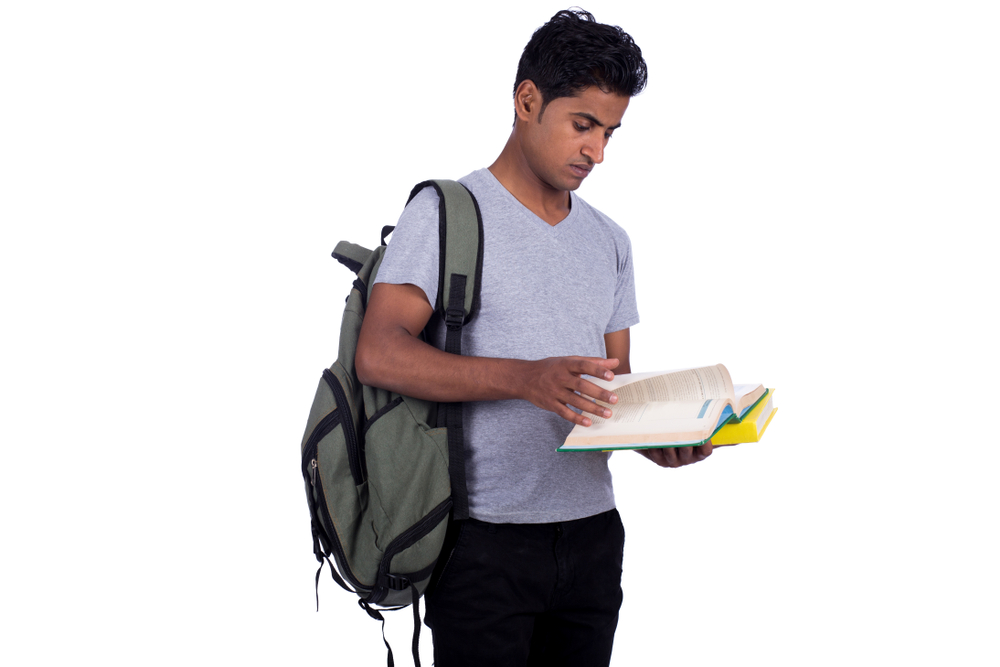In discussions about skimming, one question that often arises is how to know when various sections of passages should be read slowly vs. skimmed through.
What makes this question so important is that it cuts to the heart of what a lot of standardized-test reading targets — namely, the ability to sort essential information (main ideas) from information of secondary importance (supporting details), and to use the “clues” that an author provides within a text to identify just what that important information is.
What that means, practically speaking, is that while you do need to read slowly enough to get the gist of a passage, you don’t have to read everything slowly — at least not the first time through. Very often, what looks like a time problem is really a problem of recognizing when it’s ok to skim through things and, consequently, of getting overly caught up in irrelevant details.
So in a nutshell, you need to read carefully:
-The introduction, until you figure out the main point
-The beginnings of body paragraphs (topic sentences)
-Anything that indicates that the author is giving the point, an explanation, or a really important piece of information (e.g. the point is, it is essential/necessary/crucial, the key is, the answer is, italicized words, etc.)
-The conclusion, especially the last sentence
-The *entire* sentence (and often the sentence before or after) in which a word or phrase given in a question appears. Do not read just the word or phrase given; do not read the sentence starting from the word or phrase referenced. Go back to the very beginning of the sentence and read the whole thing carefully. If there is a major transition (e.g. however, therefore) located around those lines, you must pay particular attention to it; that is probably where the important information is located.
And you can skim:
-The introductory blurb at the beginning of the passage, if there is one. In some cases, it may provide important contextual information, but you don’t need to linger over it.
-Body paragraphs after the first sentence (initial read-through)
-Lists of examples, as long as you know the point they’re supporting
-When a question provides a long line reference: skim looking for major transitions, explanations, etc. When you identify those spots, then read carefully.
